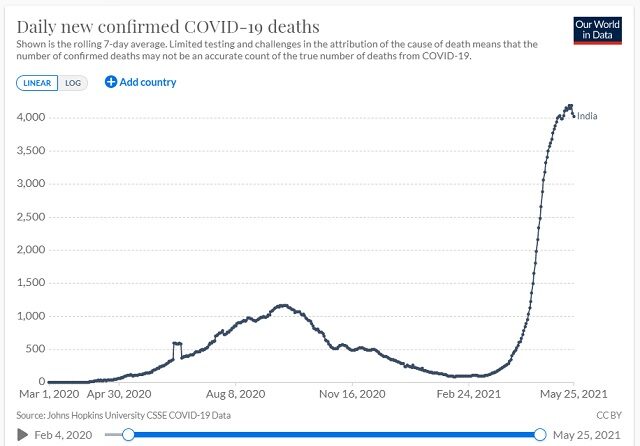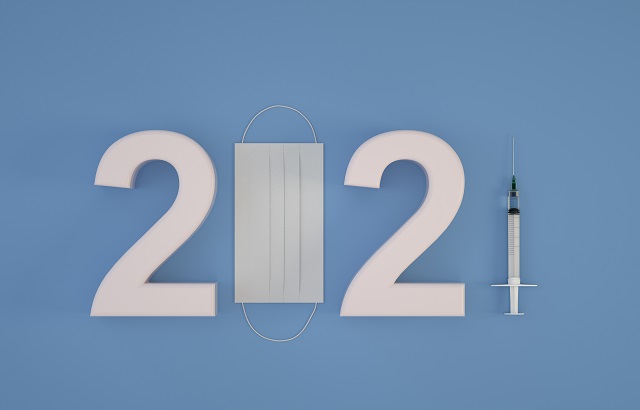When the pandemic started gaining global traction, India was one of the countries viewed with concern.
Not only is it comparatively geographically close to China; but, as the second most populous country in the world, it is home to some of the most densely populated cities on earth.
But the eyes of the world were not on India, which seemed to weather the first wave relatively well.
Instead, they were trained on places like Italy, Spain, the US and the UK.
At least until mid March 2021.

But the relative success of the first wave may have established a false sense of security.
Three-and-a-half years
The Serum Institute of India is the largest vaccine manufacturer in the world. So, it is somewhat baffling that the national inoculation programme has fallen so woefully behind other nations.
A recent article from UK newspaper The Times stated that the daily total of vaccinations given in India has fallen by almost two-thirds.
Local officials are reported as saying that they are running out of vaccines and cannot arrange second doses.
At the present rate, experts have predicted it would take three and a half years to inoculate 70% of the population.
Prime minister Narendra Modi has instructed India’s 28 states to liaise directly with the manufacturers to secure a supply of vaccines.
But companies like Pfizer and Moderna have said that they will only deal with the federal government, reports The Times.
Fast friends
They say charity begins at home; and many Indians, in light of the devastating second wave, may now feel aggrieved by their country’s early humanitarian efforts.
At the start of the year, the government instituted a policy called ‘vaccine maitri’, which translates to vaccine friendship.
Between 20 January 2021 and 9 April 2021, India shipped 64.5 million doses to 85 countries.
The vaccines being sent are ‘made in India’ – namely Covishield and Covaxin.
Of these, 10.5 million were gifted to 45 countries by the government of India.
Nations that have benefitted include; Bangladesh, Myanmar, Bhutan, Mauritius, Sri Lanka, Afghanistan, Rwanda and Trinidad & Tobago.
But an indicator of India’s tightening grasp on vaccines can be seen on the ministry of external affairs’ website, which shows that between 9 April and 25 May it only sent a further 200,000 to countries as gifts.
Falling dominos
India is also the biggest supplier to the Covax programme, which is co-led by the Coalition for Epidemic Preparedness Innovations (Cepi) and the World Health Organisation (WHO), with Unicef as a key delivery partner.
The programme’s mantra is: ‘With a fast-moving pandemic, no one is safe, unless everyone is safe’.
So far, India has provided nearly 19.9 million doses to Covax.
The first shipment was made on 23 February – but the most recent was on 16 April.
Catching cold
According to scientific publication Our World in Data, only 9.98% of the global population has received at least one dose of a covid vaccine, as of 25 May 2021.
The collision between India’s accelerating need for vaccines and the demand from emerging and frontier markets, unable to secure their own supply, could lead to a myriad of unsettling outcomes.
Firstly, and most importantly, the risk of even greater loss of life.
Global supply chains will remain impacted, regional lockdowns, struggling economies, and there is a chance that further variants of covid-19 could emerge that are more dangerous.
The saying used to go, ‘When America sneezes, the rest of the world catches a cold’.
The pandemic may just have shifted that dubious honour to India.








